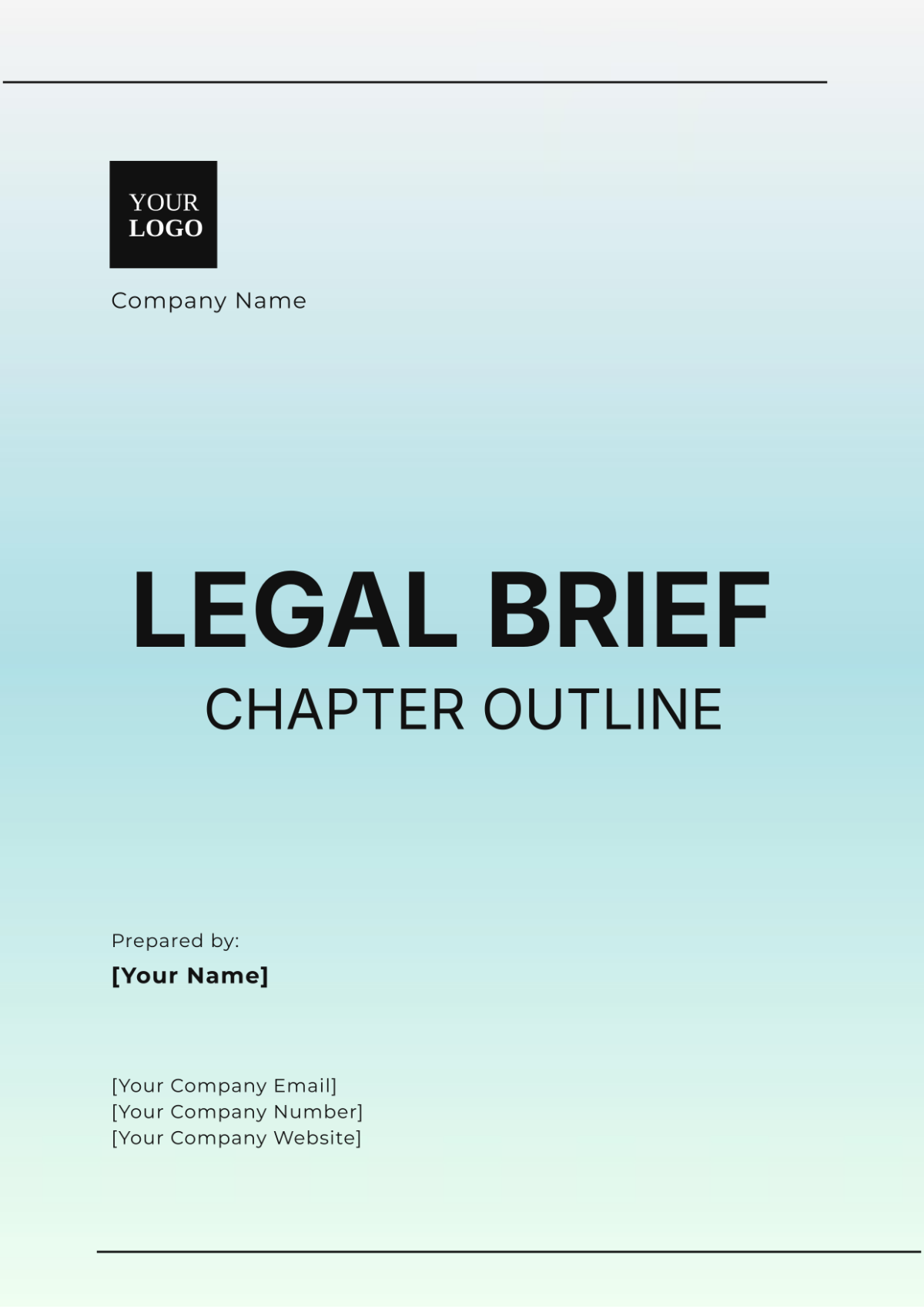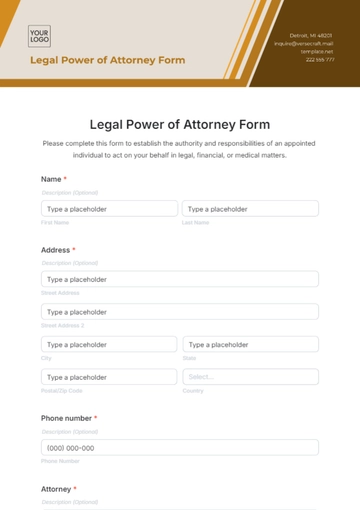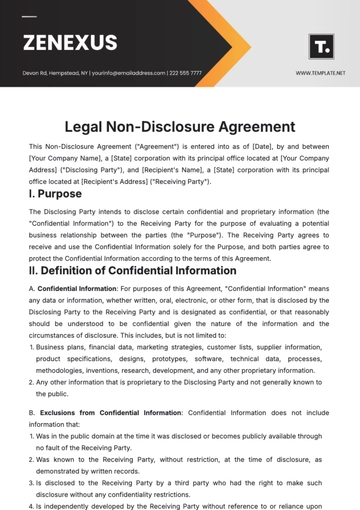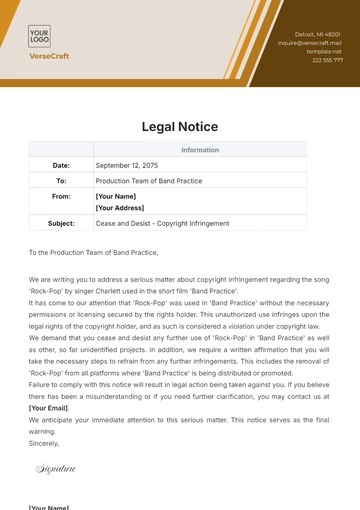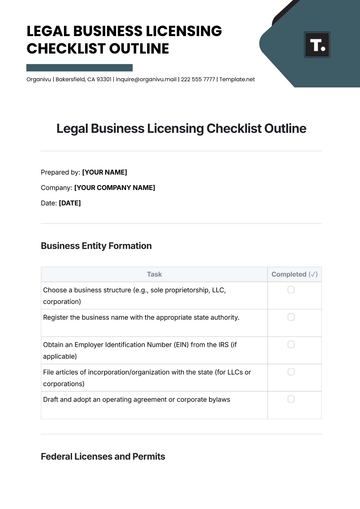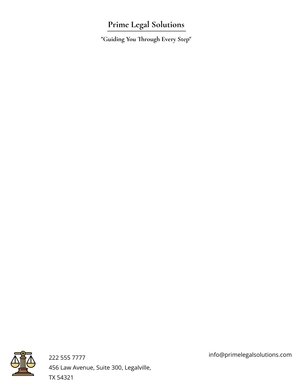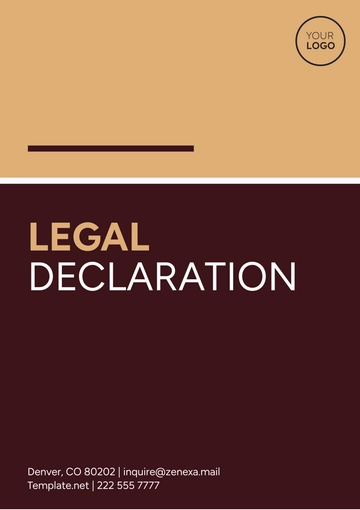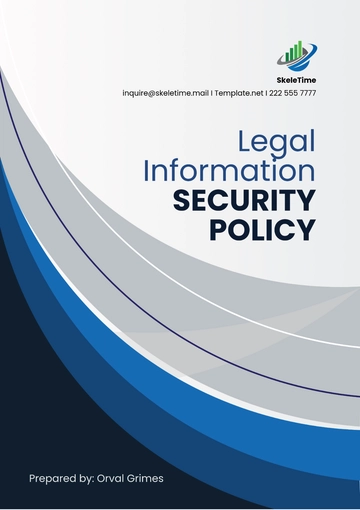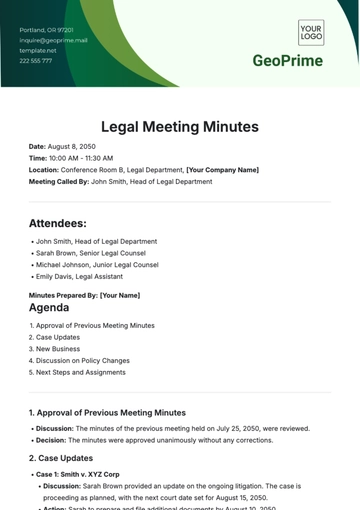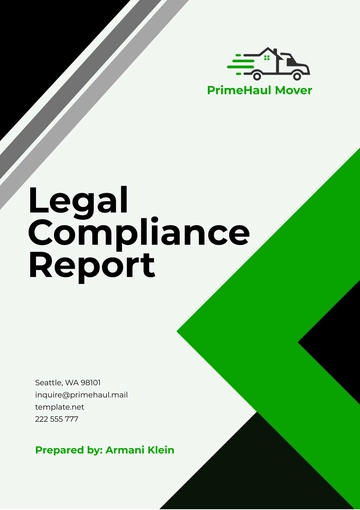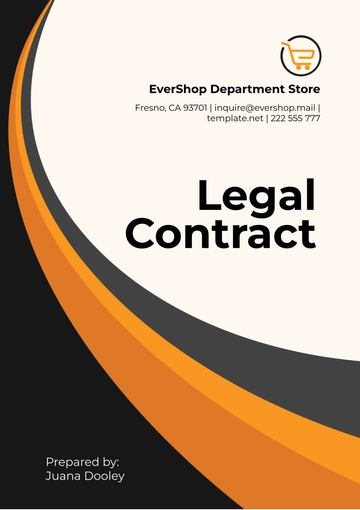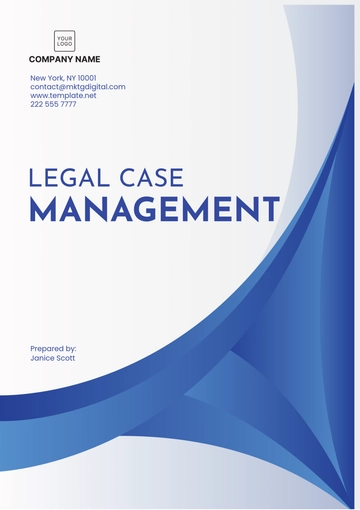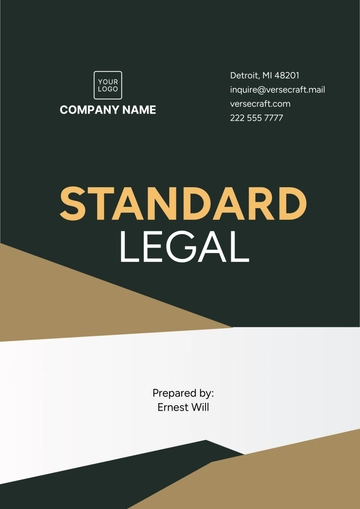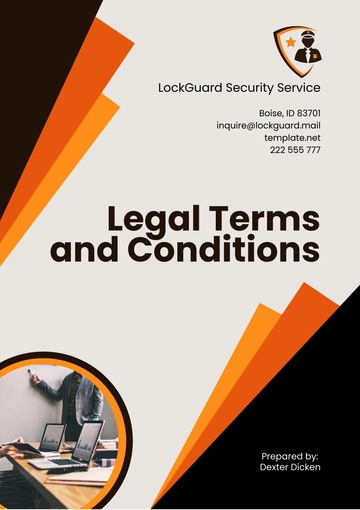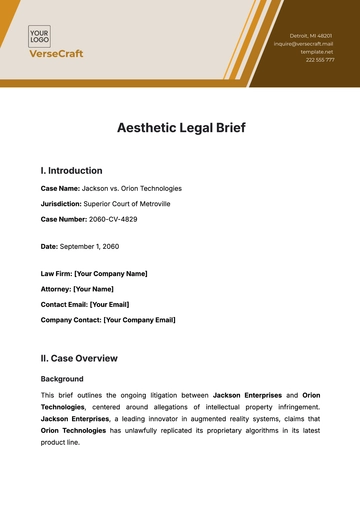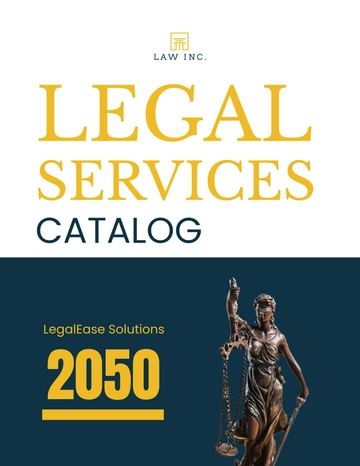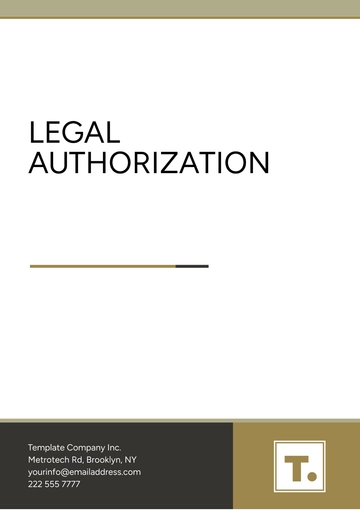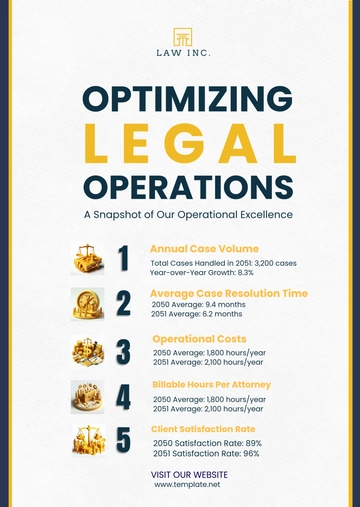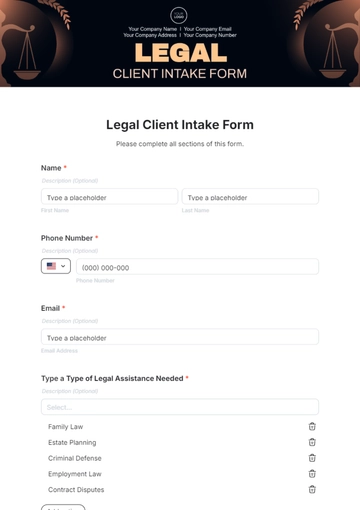LEGAL BRIEF CHAPTER OUTLINE
I. Introduction to Legal Briefs
This section provides an introduction to legal briefs, offering an extensive explanation of their purpose, the different types that exist, and the crucial role they play within the legal process.
I.1. Definition and Purpose
Definition: Legal briefs are formal written documents submitted to a court, outlining the arguments, legal theories, and supporting evidence in favor of a party's position.
Purpose: The primary aim is to persuade the court of the merits of a party’s case, providing a structured presentation of facts, legal principles, and arguments.
I.2. Types of Legal Briefs
Appellate Briefs: Submitted in appellate courts, arguing why a lower court's decision should be upheld or reversed.
Trial Briefs: Presented during trial to outline the legal arguments and evidence supporting the party’s position.
Memorandum of Law: A detailed document that provides legal analysis on specific issues, often used in pre-trial motions or hearings.
Amicus Curiae Briefs: Filed by non-parties to provide additional perspectives or expertise on legal issues relevant to the case.
II. Structure of a Legal Brief
This section describes the common structure and essential components of a legal brief.
II.1. Title Page
Includes: Case name, docket number, court, date, and the names of the parties and their attorneys.
II.2. Table of Contents
II.3. Table of Authorities
Includes: A comprehensive list of statutes, case law, regulations, and other legal sources cited in the brief.
II.4. Statement of Facts
II.5. Issues Presented
II.6. Summary of Argument
II.7. Argument
Purpose: Detailed analysis and discussion supporting the party’s position, often divided into sub-arguments for clarity and comprehensiveness.
Sub-Arguments: Each key argument should be supported with legal precedents, statutes, and factual evidence.
II.8. Conclusion
III. Writing Strategies for Effective Legal Briefs
This section provides practical advice for crafting clear, persuasive, and well-organized legal briefs.
III.1. Clarity and Precision
III.2. Persuasive Writing
Techniques: Utilize logical reasoning, analogies, and compelling evidence to convince the court of your position. Focus on presenting a strong, cohesive argument.
III.3. Organization and Flow
III.4. Editing and Proofreading
IV. Research and Citation
This section emphasizes the importance of thorough legal research and proper citation practices.
IV.1. Researching Legal Precedents
IV.2. Citing Authorities
IV.3. Using Secondary Sources
V. Conclusion
Summary: Recaps the key points covered in the chapter, underscoring the importance of drafting well-structured and persuasive legal briefs. Reinforces the need for clarity, thorough research, and proper citation.
VI. Appendices and Additional Resources
VI.1. Sample Legal Briefs
VI.2. Reference Guides
This enhanced outline with Roman numerals provides a detailed framework for creating an effective legal brief, ensuring all critical components are addressed systematically.
Chapter Outline Templates @ Template.net
